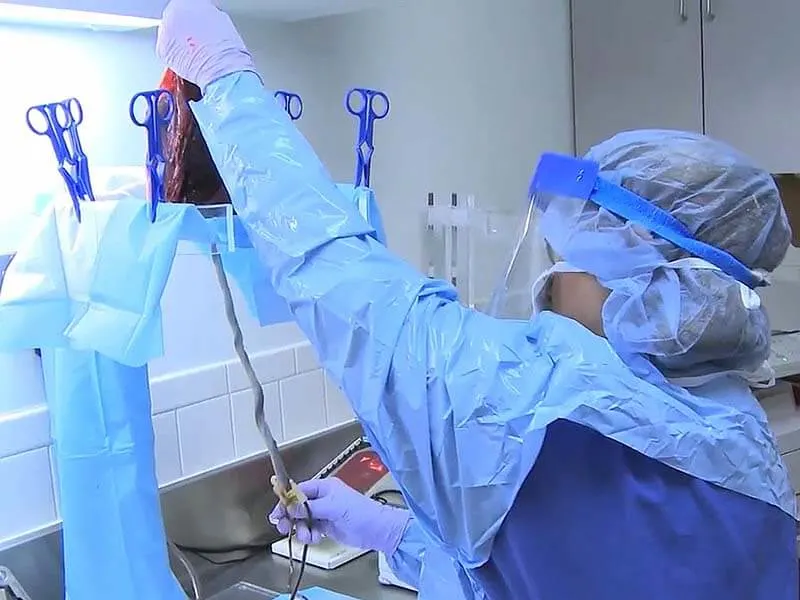Umbilical Cord Blood Cells (UCB)

There are 3 different sources of stem cells which are used for organic process treatment and reconstitution as – peripheral blood-derived cells (PB), bone marrow-derived cells (BM), and umbilical cord blood-derived cells (UCB). Out of these 3 types of cells – Umbilical Cord Blood Cells are the recently known supply of healthy stem cell which is as effective as the bone marrow-derived cells when the HLA matched donor is not available. Recently, the clinical administration and application of umbilical cord blood-derived cells based stem cell therapies have been upgraded and updated leading to treatment of various chronic disorders. Also, much other medical science research is now using UCB involved clinical trials an research to explore more possibility of the cure.
Because of the latest medical technology and clinical utility’s apparentness, banking and assortment of Umbilical Cord Blood Cells have been spread widely across the globe. The growth of Umbilical Cord Blood Cells is because of the quality standards used by the skilled teams of UCB banking like the Foundation for certification of Cellular medical aid (FACT)/NETCORD and AABB (formerly called yank Association of Blood Banks). The good quality and secure testing, assortment, processing, culturing and banking of umbilical cord blood cells for the stem cell therapy are possible because of these best practices.
As the research and clinical trials in the field of Umbilical Cord Blood Cells and its therapeutic use for the blood-related disease has immensely grown up, it leads to the question whether or not one should store the cord blood of their offspring for future use. A recent clinical research and paper on this topic by Dr. MahendraRao and his team states the observation of umbilical cord blood cell banking (to treat blood related disease). Any adult human who needs treatment would require a minimum 2 cord blood samples which are measures squarely and immune-compatible. Hence, single sample won’t be sufficient. The baby would possibly require single cord blood sample however within the case of pediatric leukemia there is the risk that the pre-leukemic cells square measure gift in cord blood sample and then the kid could not use their own cells for their medical treatment.
So, considering this fact if everybody can donate the cord blood for public registration and therapeutic use for the ‘common good’ this will surely enhance the possibility of other patients taking advantage and benefit of the double umbilical cord blood transplant.